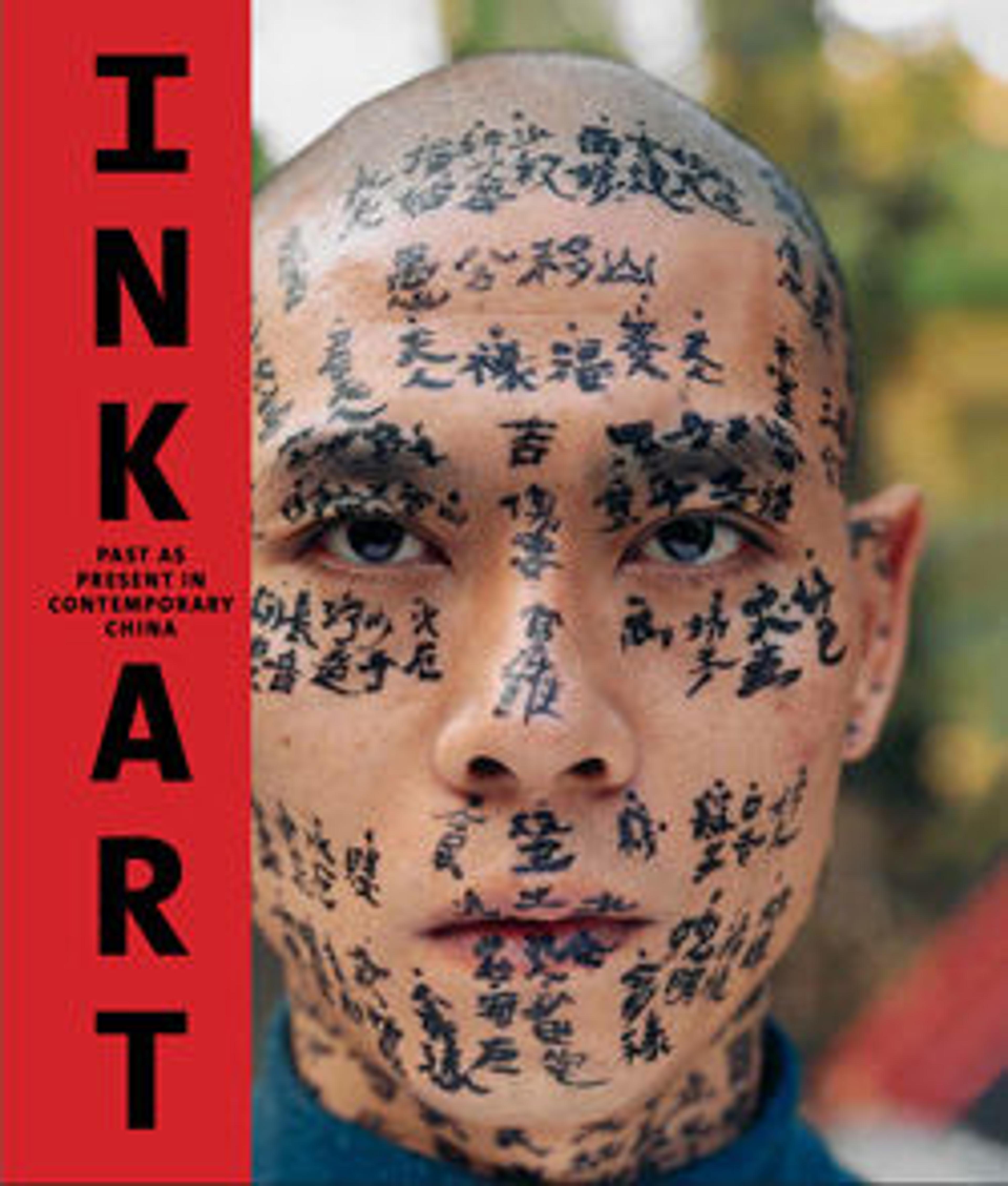Wind among the Trees on the Riverbank
Between 1356 and 1366 Ni Zan led a refugee's life, residing with his family southwest of Suzhou at a place he nicknamed the Snail's Hut. Compared to his Wuxi days, this was "another lifetime," but the family was able to settle down to an existence of "simple sustenance, harmony, and happiness." His paintings and calligraphy from this period are more assured and relaxed; consequently, they sometimes appear sketchy, a characteristic Ni consciously sought: "Try to do things in a sketchy manner. Develop forms with a free hand . . . by following your ideas and feelings."
This painting, made for fellow scholar-artist Yu Kan (active 14th century), reflects Ni's spontaneous manner. Painted the same year Ni's wife died, it may also express the artist's growing sense of isolation. His inscription reads:
On the riverbank, the evening tide begins to fall;
The frost-covered leaves of the windblown grove are sparse.
I lean on my staff—the brushwood gate is closed and silent;
I think of my friend—the glow is nearly gone from the hills.
This painting, made for fellow scholar-artist Yu Kan (active 14th century), reflects Ni's spontaneous manner. Painted the same year Ni's wife died, it may also express the artist's growing sense of isolation. His inscription reads:
On the riverbank, the evening tide begins to fall;
The frost-covered leaves of the windblown grove are sparse.
I lean on my staff—the brushwood gate is closed and silent;
I think of my friend—the glow is nearly gone from the hills.
Artwork Details
- 元 倪瓚 江渚風林圖 軸
- Title:Wind among the Trees on the Riverbank
- Artist:Ni Zan (Chinese, 1306–1374)
- Period:Yuan dynasty (1271–1368)
- Date:1363
- Culture:China
- Medium:Hanging scroll; ink on paper
- Dimensions:Image: 23 1/4 x 12 1/4 in. (59.1 x 31.1 cm)
Overall with mounting: 102 1/4 x 22 1/4 in. (259.7 x 56.5 cm)
Overall with knobs: 102 1/4 x 27 1/2 in. (259.7 x 69.9 cm) - Classification:Paintings
- Credit Line:Bequest of John M. Crawford Jr., 1988
- Object Number:1989.363.39
- Curatorial Department: Asian Art
Audio
7480. Wind among the Trees on the Riverbank
0:00
0:00
We're sorry, the transcript for this audio track is not available at this time. Please email info@metmuseum.org to request a transcript for this track.
More Artwork
Research Resources
The Met provides unparalleled resources for research and welcomes an international community of students and scholars. The Met's Open Access API is where creators and researchers can connect to the The Met collection. Open Access data and public domain images are available for unrestricted commercial and noncommercial use without permission or fee.
To request images under copyright and other restrictions, please use this Image Request form.
Feedback
We continue to research and examine historical and cultural context for objects in The Met collection. If you have comments or questions about this object record, please contact us using the form below. The Museum looks forward to receiving your comments.
